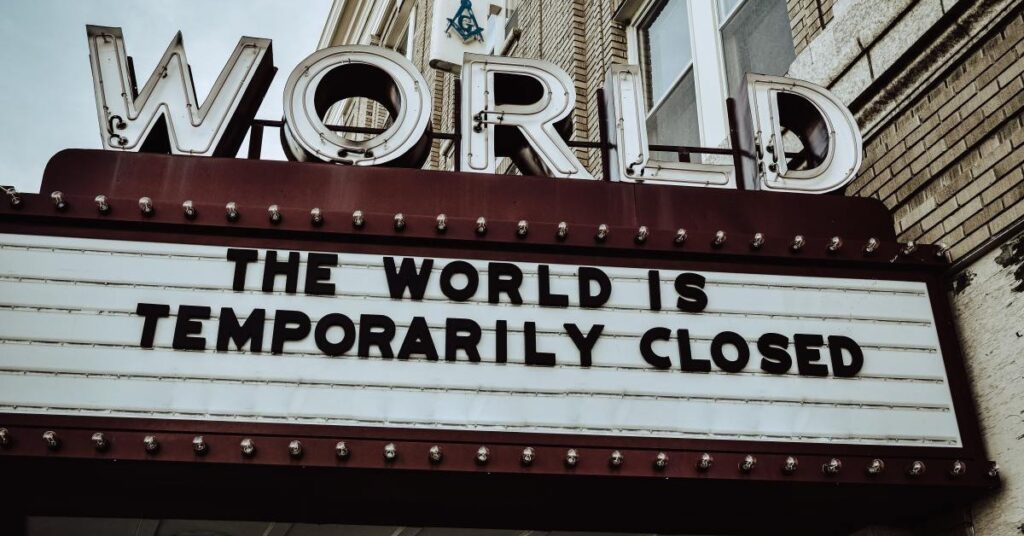
The Highest Paying States for Guidance Counselors
While most commonly associated with providing assistance in college or [...]
Gender inequality, sexual assault, domestic violence, misogyny, and reproductive justice are just a few of the issues that women around the world deal with each day. Whether the as subtle as a male co-worker speaking over (or down to) women in the office, or as egregious a rape victim being blamed for “inviting” her assault, such scenarios can irreparably define a woman’s future. And the unique challenges teen girls are accustomed to juggling? Low self-esteem, body image, fitting in, teen pregnancy, and cyberbullying long ago became normalized—making the need for social workers as important as ever.
Social workers who support women’s rights inspire not just the women they serve, but people of all ages and backgrounds. To prepare for a career identifying and responding to the often desperate situations women face, prospective social workers spend years earning bachelor’s and master’s degrees in social work, completing fieldwork and internships, and a acquiring number of certifications and licenses. On top of all that, future social workers might also turn to real-life stories of bravery in fighting gender-specific issues. Books are one way to do this. Movies, too, can be powerful in understanding how others conquer conflict.
The following movies may guide social future workers interested in working with women and girls. In these often life-changing stories, female leads provide meaningful examples of tenacity and triumph, signaling to social workers and clients alike that they are not alone, and should never be afraid to break new ground.
Erin Brockovitch is the true story of a legal assistant who famously revealed a large power company’s efforts to cover up the illegal disposal of toxic waste. Recounting Brockovich’s path to push the law firm where she worked into allowing her to pursue the case, which ultimately resulted in one of the largest class-action medical settlements in U.S. history.
Erin Brockovich addresses a number of significant gender issues—not the least of which are her own, as she was criticized for her unconventional dress and brash, outgoing personality. Brockovich refused to conform to societal and professional norms, and in the process delivers a message of empowerment.
More broadly, the film speaks to structural gender privilege that causes women to feel overpowered. As an exemplar of intelligence and tenacity, Brockovich fights the powers that reinforce, and benefit from, these societal norms. While she sometimes resorts to less-than-ethical tactics—at one point, she cajoles plaintiffs into signing legal documents with jokes about sexual offers—her creativity and fortitude are evident throughout.
| University and Program Name | Learn More |
|
Virginia Commonwealth University:
Online Master of Social Work
|
Frida, adapted from the book Frida: A Biography of Frida Kahlo by Hayden Herrera, recounts the life of Mexican surrealist painter Frida Kahlo. After polio left her with one leg shorter than the other, at the age of 18 a trolley accident broke multiple broken bones and shattered Kahlo’s pelvis. During her prolonged convalescence, Kahlo begins to paint a body of work, largely self-portraits, addressing her physical and emotional pain—often using disturbing imagery. Ultimately, Kahlo becomes a symbol of female resilience and emerges as an icon for feminists in Mexico.
Frida shows how Kahlo reframed her trauma. Rather than sinking into despair, she found a creative outlet to inspire herself and others. With female body image as the predominant theme in her work, Kahlo pushes the boundaries as to what form—physically and spiritually—a woman’s life should take. Frida is a powerful story of one woman’s journey to move past a terrible and disfiguring event and challenge conventional norms of female beauty.
Hidden Figures is a historical drama about three African-American women whose work as NASA scientists and mathematicians in the 1960s galvanized the U.S. space program.
The film recounts how NASA tapped Katherine Gobels, Mary Jackson, and Dorothy Vaughan to launch a successful manned space flight and later return the mission safely to Earth. The women, gifted in analytic geometry, computer coding, mechanical engineering, and mathematics, quickly identify design flaws in early prototypes and solve problems that had stumped other scientists and engineers (all male, all white) on the project for years. Though their remarkable accomplishments were met by unadulterated sexism and racism—NASA confined them to the “Colored Computer Division at NASA” and limited their access to resources white employees freely use—the women remained undeterred in their devotion to the cause.
Hidden Figures is an important narrative for contemporary social work practitioners, demonstrating how women can succeed in the face of monumental odds. The movie also speaks to the sexism and racism that continues today in academia and beyond.
Based on the real-life events of the All-American Girls Professional Baseball League of the 1940s, A League of Their Own is a funny film with a serious message. In the draft for World War II, professional baseball was stripped of its male athletes. With the men’s league nearly shut down, a wealthy candy manufacturer spotted a new opportunity in bankrolling an all-female game.
The new, four-team Midwest league had four teams: the Rockford Peaches, the Racine Belles, the Kenosha Comets, and the South Bend Blue Sox. A League of Their Own follows the Peaches’ initial season; two highly competitive sisters make the league, and their intense rivalry provides much of the drama.
While the all-female team broke gender stereotypes of the day, the players quickly learned that they would still be objectified—starting with their uniforms, which included skirts so short that running and sliding tough. The league owners encourage showmanship over athleticism, demanding the women provide crowd-pleasing entertainment at the expense of the quality of their game.
A League of Their Own depicts the demeaning expectations of women in general and memorializes a signal event in the history of women’s athletics in America. The All American Girls’ Professional Baseball League ultimately became a model for female athletics, and social workers can point to the establishment of this league as an example of breaking gender barriers.
Set in the 1950s, Mona Lisa Smile stars Julia Roberts as Katherine Watson, a Ph.D. from Oakland State University hired to teach art history at the venerable and exclusive all-female Wellesley College.
As it turns out, Watson is a tough fit at Wellesley. A modern woman eager to challenge her students to think for themselves, Watson and her state-school education are regarded as subpar by both students and peers at the elite private college. When Watson learns that most of her pupils have few aspirations beyond getting married—and that the school’s culture encourages this status quo—she challenges them to think for themselves and break from the mold.
Loosely based on Hillary Clinton’s time as a student at Wellesley in the 60s, Mona Lisa Smile depicts Watson as a woman who inspired feminism well before the notion was in vogue. Her message—that there is more to life than raising a family—remains equally as relevant today.
Persepolis is a critically acclaimed, lo-fi animated black-and-white film based on a graphic novel of the same name written by Marjane “Marji” Satrapi. It is the story of a young girl growing up in Iran during the Islamic Revolution. Her parents, affluent and secular, openly welcome the Shah’s overthrow, placing the family in peril of imprisonment.
When this new leadership turns out to be every bit as oppressive and tyrannical as its predecessor, Marji pushes back against the tyranny at great peril to herself and her family. To protect her, Marji’s parents send her to study abroad. When returns, she finds Iran has regressed even further.
Persepolis chronicles oppression, brutality, and misogyny, serving as a reminder of the tremendous obstacles women across the world face. The film showcases the power of one free-thinking woman who refuses to be pushed down and is nothing short of inspiring.
Not long after feel-good American comedy Romy and Michele’s High School Reunion premiered 20 years ago, the film become a cult classic. Chronicling basic themes young women face—the desire to fit in, to be seen as cool, and to be accepted by popular girls who rule the hierarchical social ladder—Romy and Michele’s High School Reunion, like other films on this list, still resonates today.
Lisa Kudrow and Mira Sorvino star the vacuous 27-year-old, Romy and Michele, a duo that not only lives together and also runs a fashion business selling quirky clothing. The characters, with their big hearts, their genuine friendship, and total authenticity, wonderfully weird.
Even so, Romy and Michele worry about what others think of them, and when their high school reunion arrives, the women hatch an outlandish plan to impress their former schoolmates. Under new disguise, they are wealthy as the result of having invented the Post-It note—a lie implodes spectacularly and hilariously, though subsequent developments redeem the women.
For anyone supporting teen girls either personally or professionally, Romy and Michele’s High School Reunion is a must-watch. This film offers a humorous take on high-school bullying, particularly among girls, and carries a powerful message that being true to one’s self is more important than fitting in. In their own way, Romy and Michele push back on what teen girls often fear most, being excluded or shamed, their victory in part fueled by their own obtuseness, which somehow, makes the film work in a positive way.
Questions or feedback? Email editor@noodle.com

While most commonly associated with providing assistance in college or [...]

Certifications certainly boost one's resume, demonstrating advanced proficiency in a [...]

Whether handling case management in homeless shelters, working as mental [...]

Social workers toiled heroically to deliver relief in the face [...]

Dual degree programs still represent a significant commitment, but those [...]
Categorized as: Social Work, Social Work & Counseling & Psychology